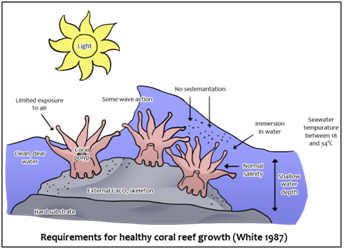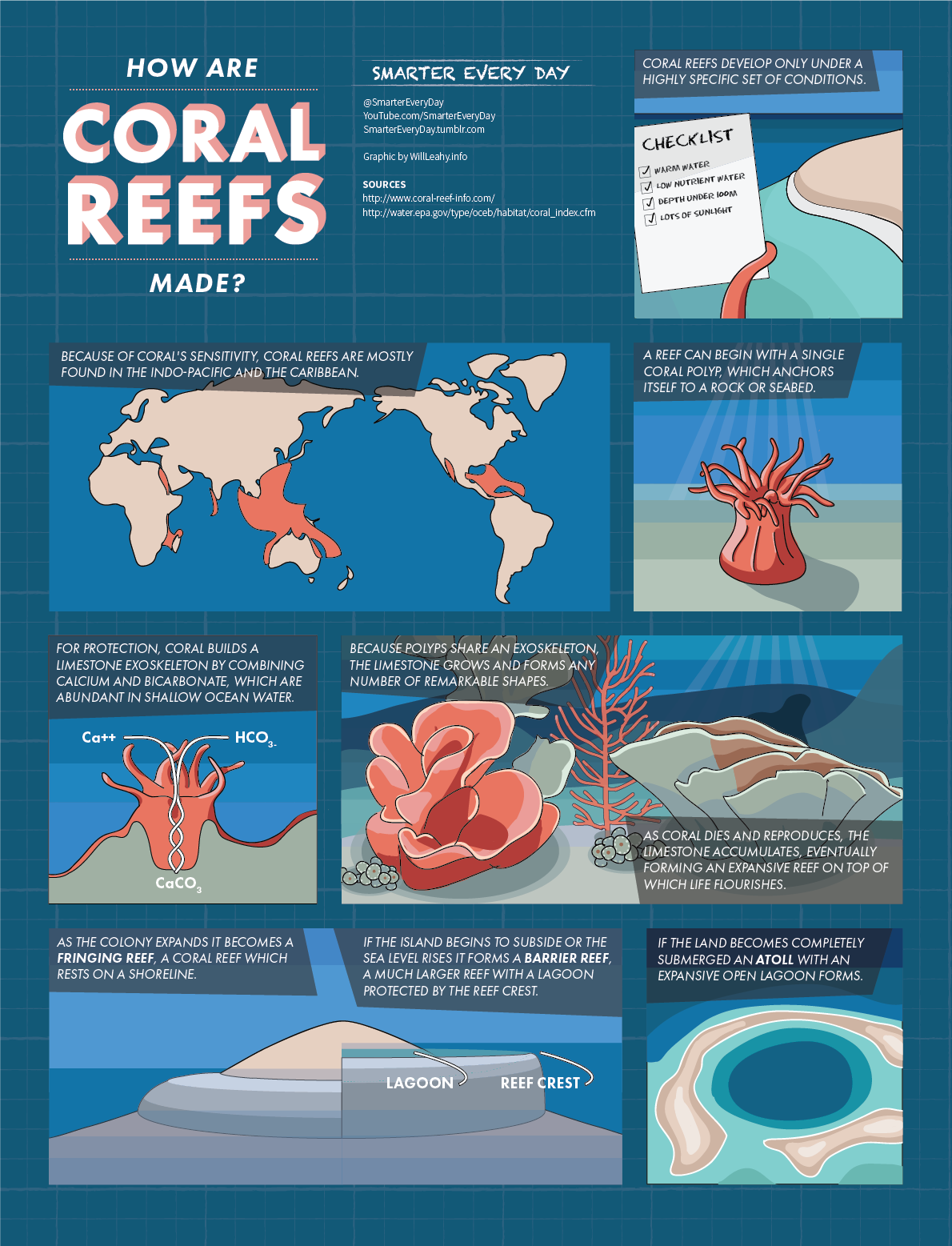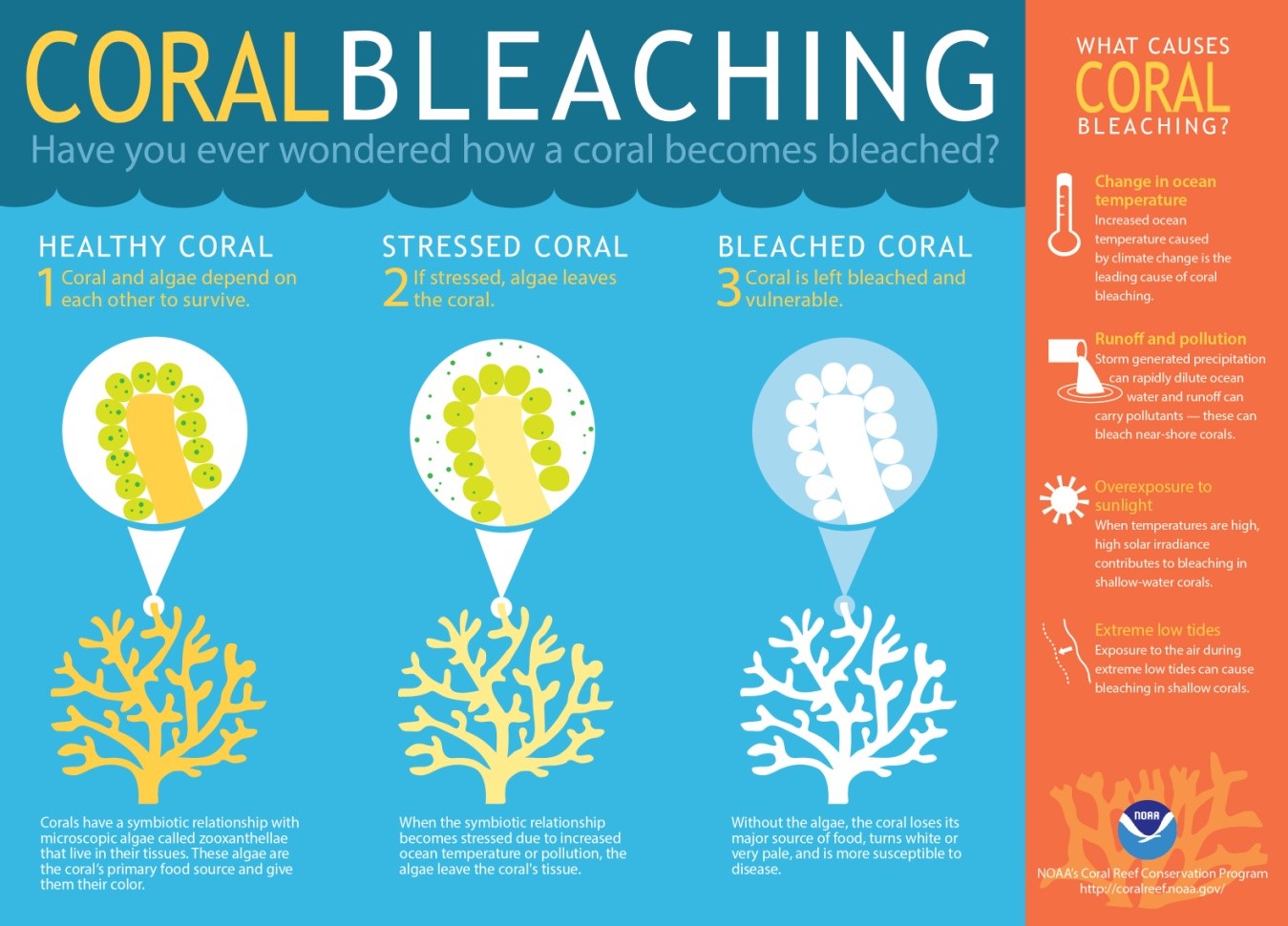Free Courses Sale ends Soon, Get It Now


Free Courses Sale ends Soon, Get It Now



Copyright infringement is not intended
Context: Degradation and loss of coral reefs can affect about 4.5 million people in southeast Asia and the Indian Ocean, according to the Intergovernmental Panel on Climate Change (IPCC)’s Sixth Assessment Report on Impacts, Adaptation and Vulnerability.


© 2024 iasgyan. All right reserved